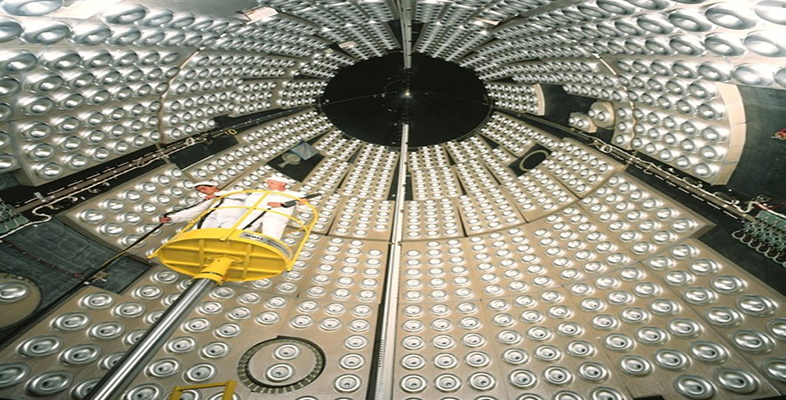4.3 Viewpoints and meanings
Finally, it is also important to remember that technologies mean different things to different people at different times and places (in other words, it is contextually and temporally sensitive). An interesting historical example relates to one of the most successful early cars – the Ford Model T. Rural customers used it for towing a plough. Lacking electricity the same customers also used it as a source of power to drive farm machinery and generate electricity (by propping the vehicle up on blocks and running a belt from its drive wheels to the equipment or dynamo). Note: this is another example of the car as an application technology.
It is not only customers who interpret technology in various ways, of course. One well-known and relatively recent example was the music industry’s initial response to digital music downloading: litigate against any download service it could identify (such as Napster). The industry saw this new technology as a disruptive threat that needed to be destroyed if it could not be controlled. However, once the rule of copyright had been re-established in the digital domain, it did not take long for the industry to realise that this new technology actually supported an entirely new business model. A small irony is that this is now the business model that dominates music sales – as any user of an iPhone or subscriber to Spotify will know only too well – and the sale of all kinds of other ‘applications’.
All of the distinctions noted in this section are important because they clearly illustrate why the management of technological innovation is far broader in its scope and interest than simply focusing on technological artefacts. We discuss this subject in more detail in the next section.
